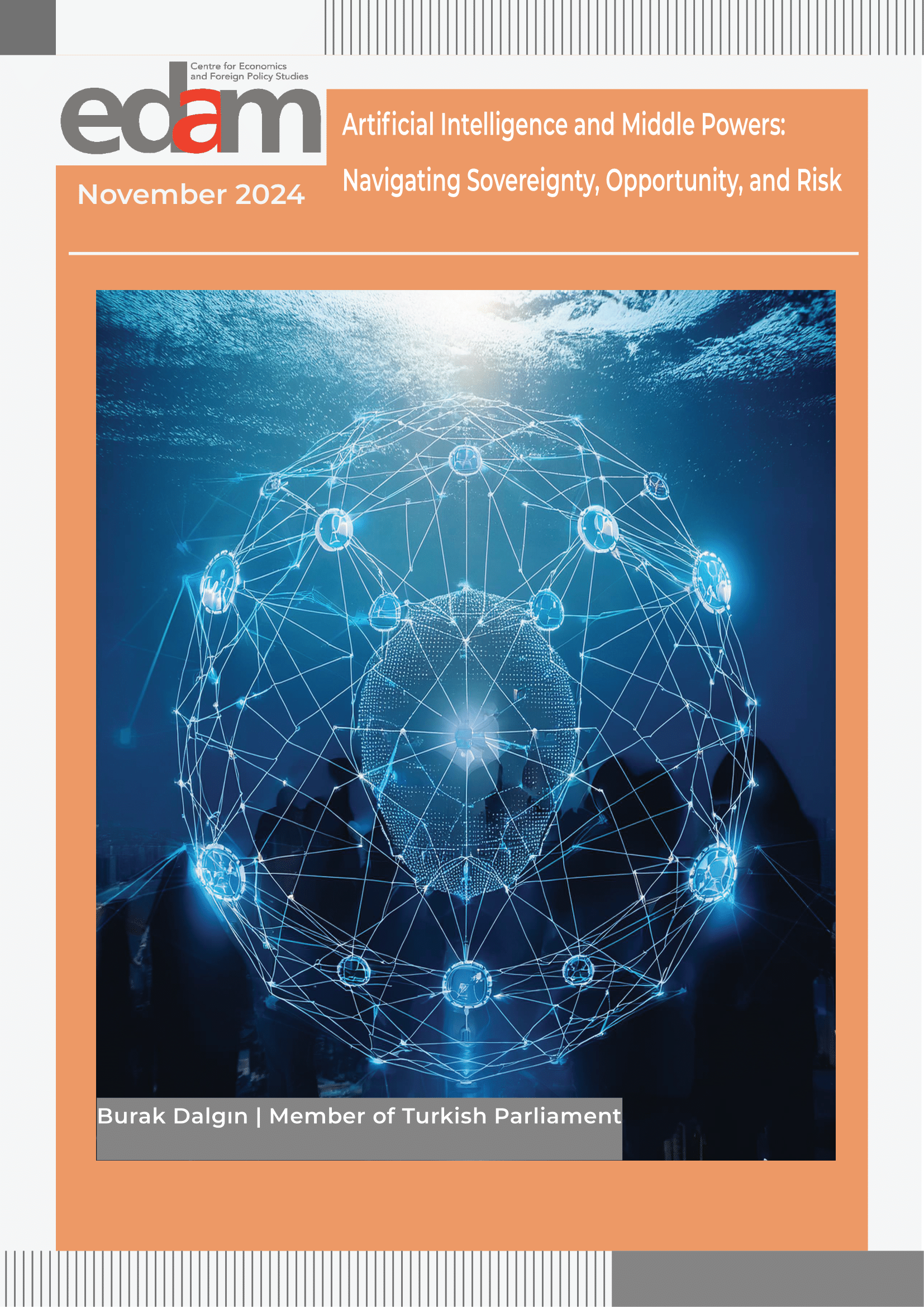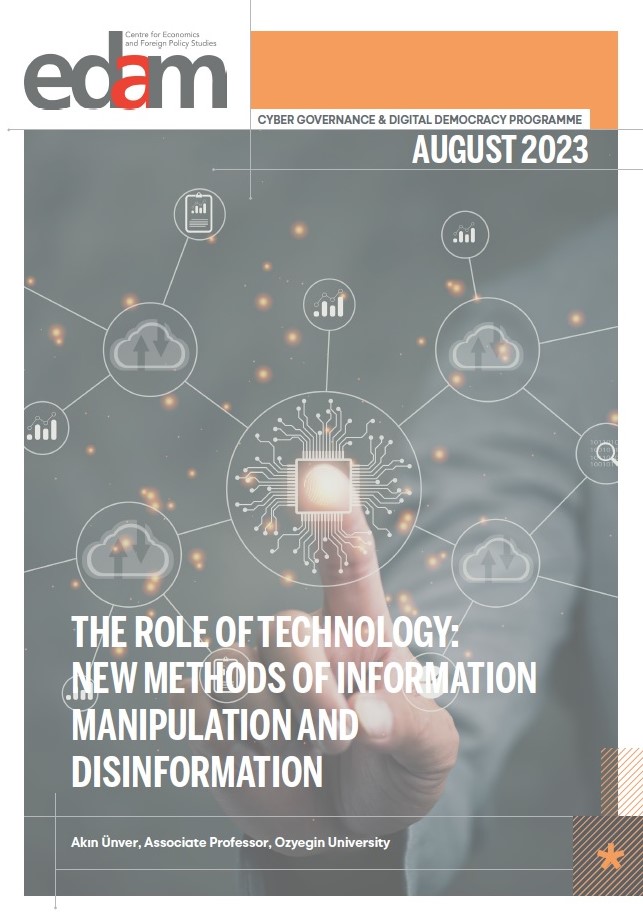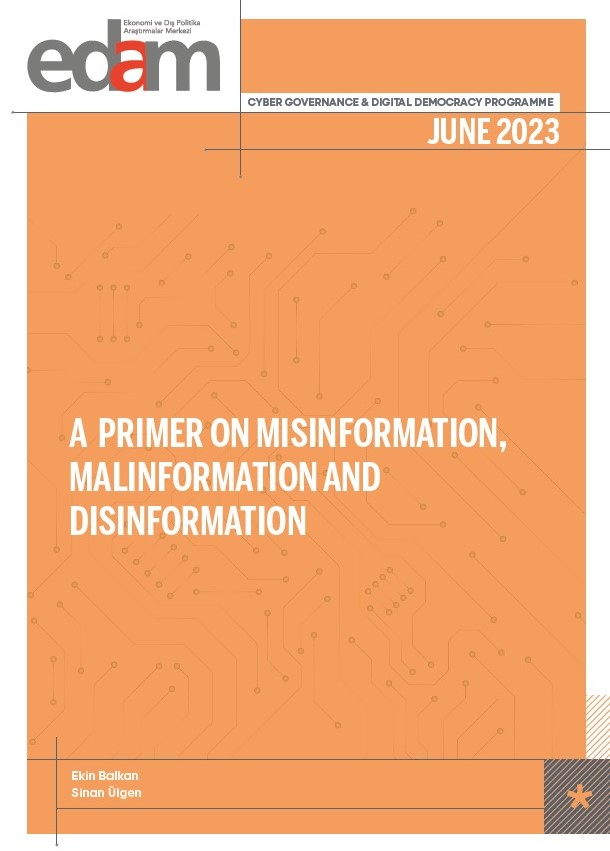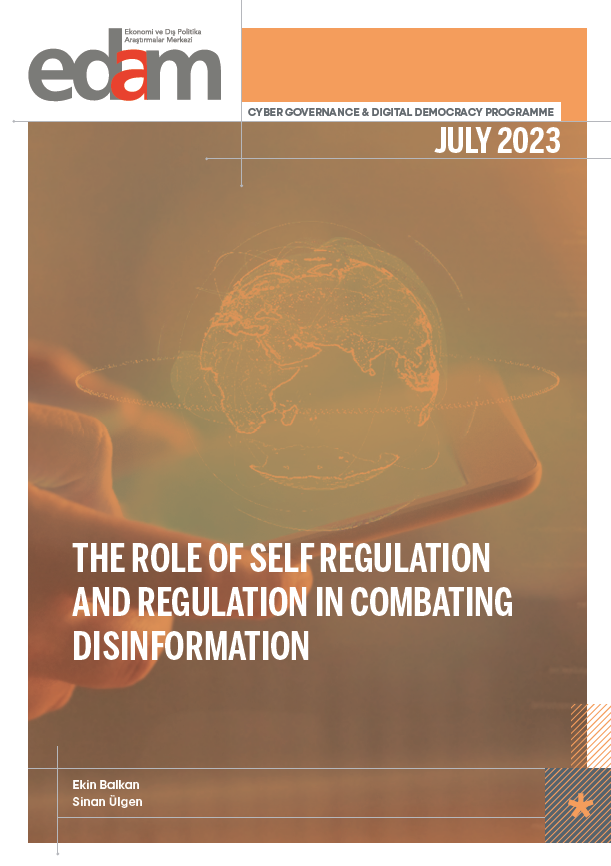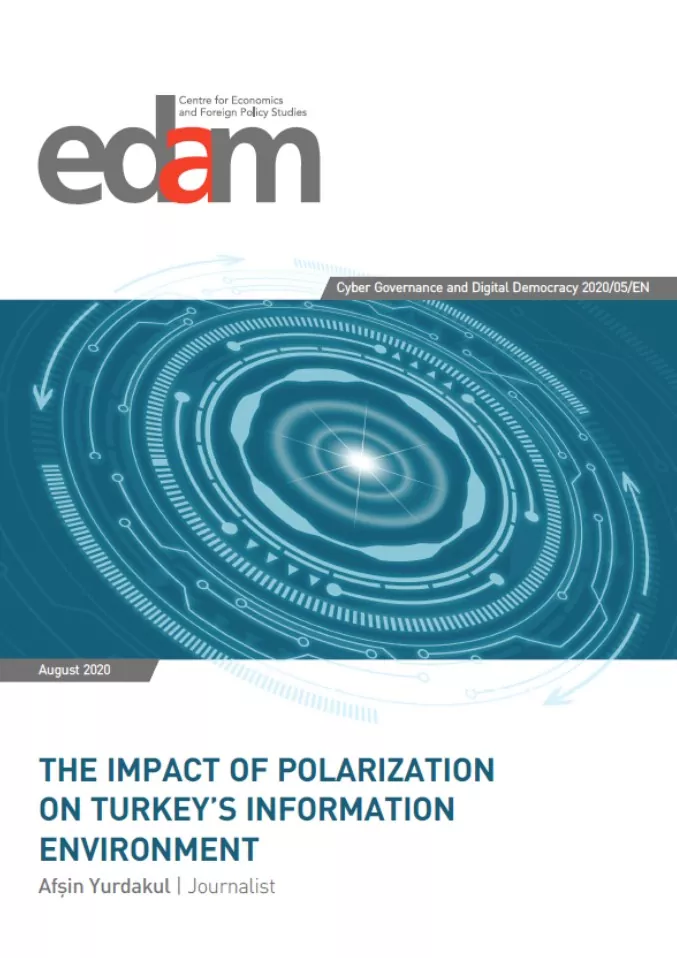
Combating Disinformation: The Policy Framework
INTRODUCTION
Disinformation is not a new challenge for societies. Today, however, combating disinformation has become crucial as a result of structural changes in the information ecosystem. In particular, with the rise of digital news media and the proliferation of social media, the speed at which information spreads and its impact on the masses are important dynamics that increase the impact of disinformation, however it should be noted that the changes brought about by digital news media and social media platforms are not limited to these. Due to fewer constraints on content than traditional media, the removal of the requirement for content producers to be professionals, the anonymity of these content creators, social media and the digital landscape already dramatically facilitate the production and dissemination of disinformation. Moreover, the fact that consumers also play an important role in disseminating information on social platforms and in determining what other consumers see further increases both the social and political impact of disinformation. As a direct consequence, the abundance of online content, as many studies have shown, has a negative impact on consumers' attention span and cognitive abilities and thus risks making people more vulnerable to disinformation.
Another critical dynamic that makes disinformation a chronic and serious threat is the attention economy (which monetizes disinformation by making it a useful tool to attract consumers' attention) and the place of social platforms in this economy. Disinformation content characteristically contains emotional language, often appeals to negative emotions and is scandalous in nature, thus increasing the likelihood that the content will attract more attention and will spread faster. The fact that false news spreads 6 times faster than true news on social media, and especially false political news spreads much faster and to more people than other types of false news, further emphasizes the potential impact of disinformation on social platforms and highlights the necessity of combating disinformation. In addition, the fact that these platforms aim to increase user interaction and attract their attention for the purpose of profit carries the risk that content that aims to agitate people and contains disinformation is boosted through the algorithms of the platforms and becomes more prominent. Therefore, the regulation of social platforms and the transparency of the algorithms they use, and the content moderation rules and methods they adopt become particularly important and critical issues that need to be addressed.
